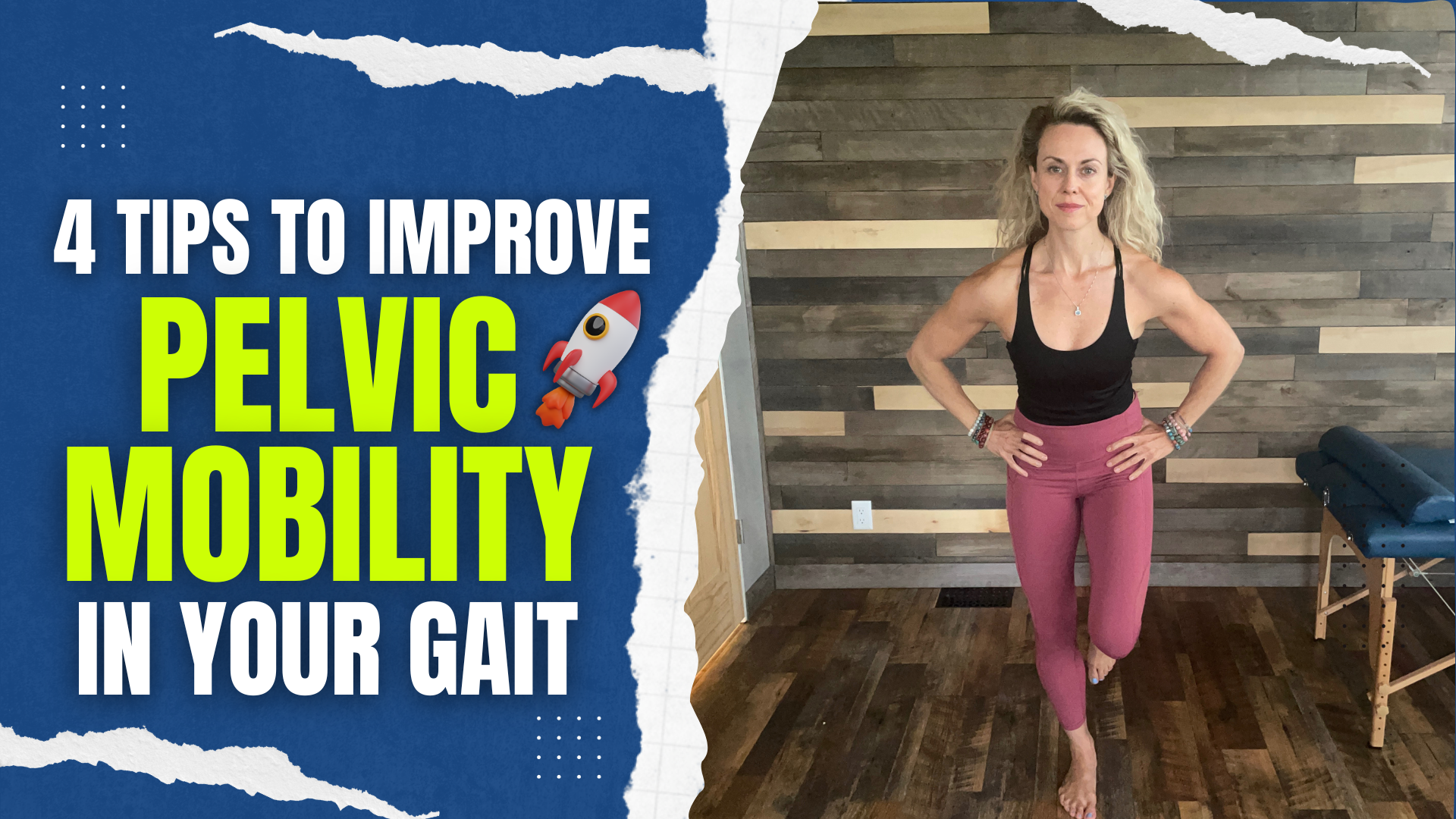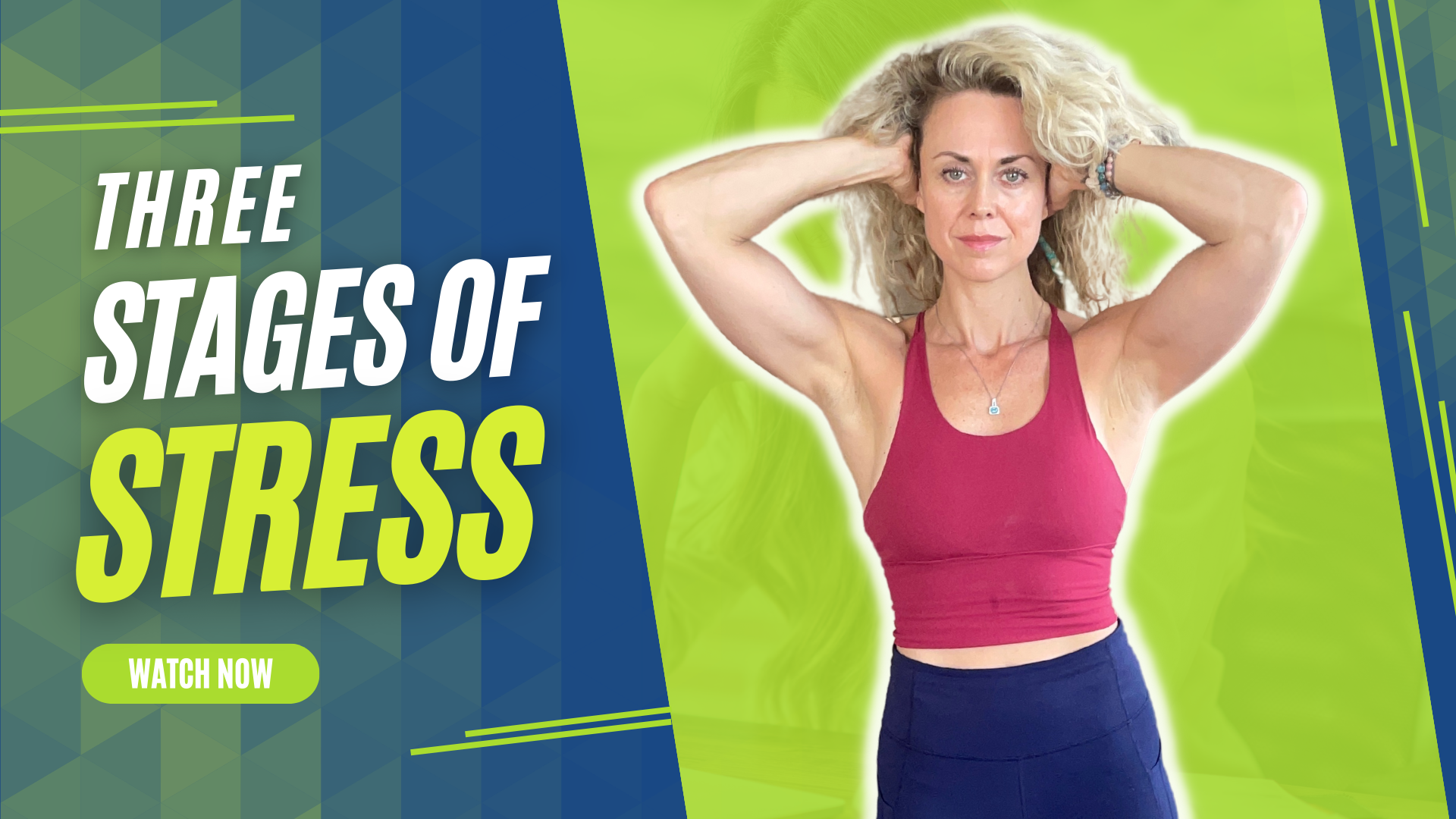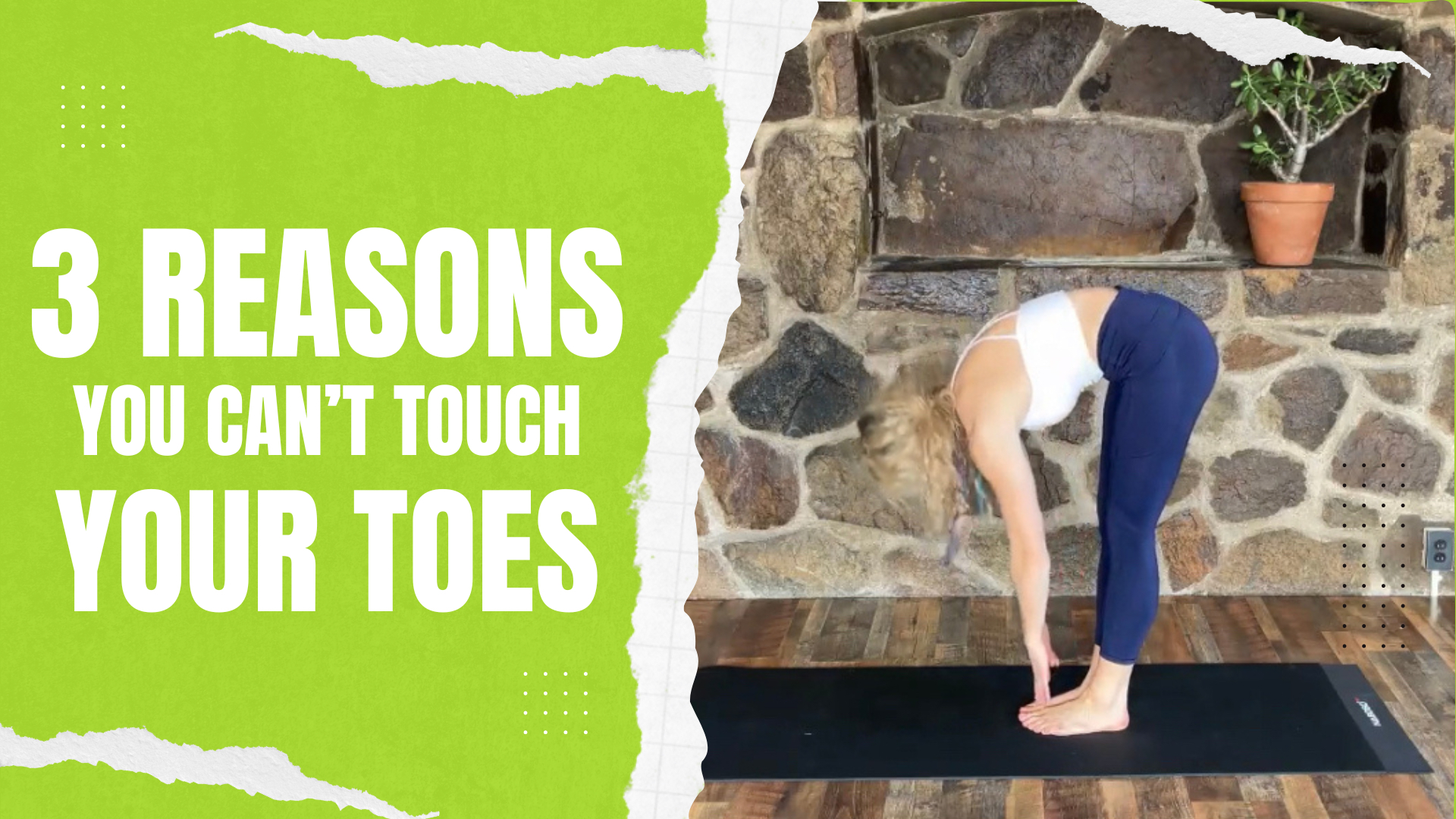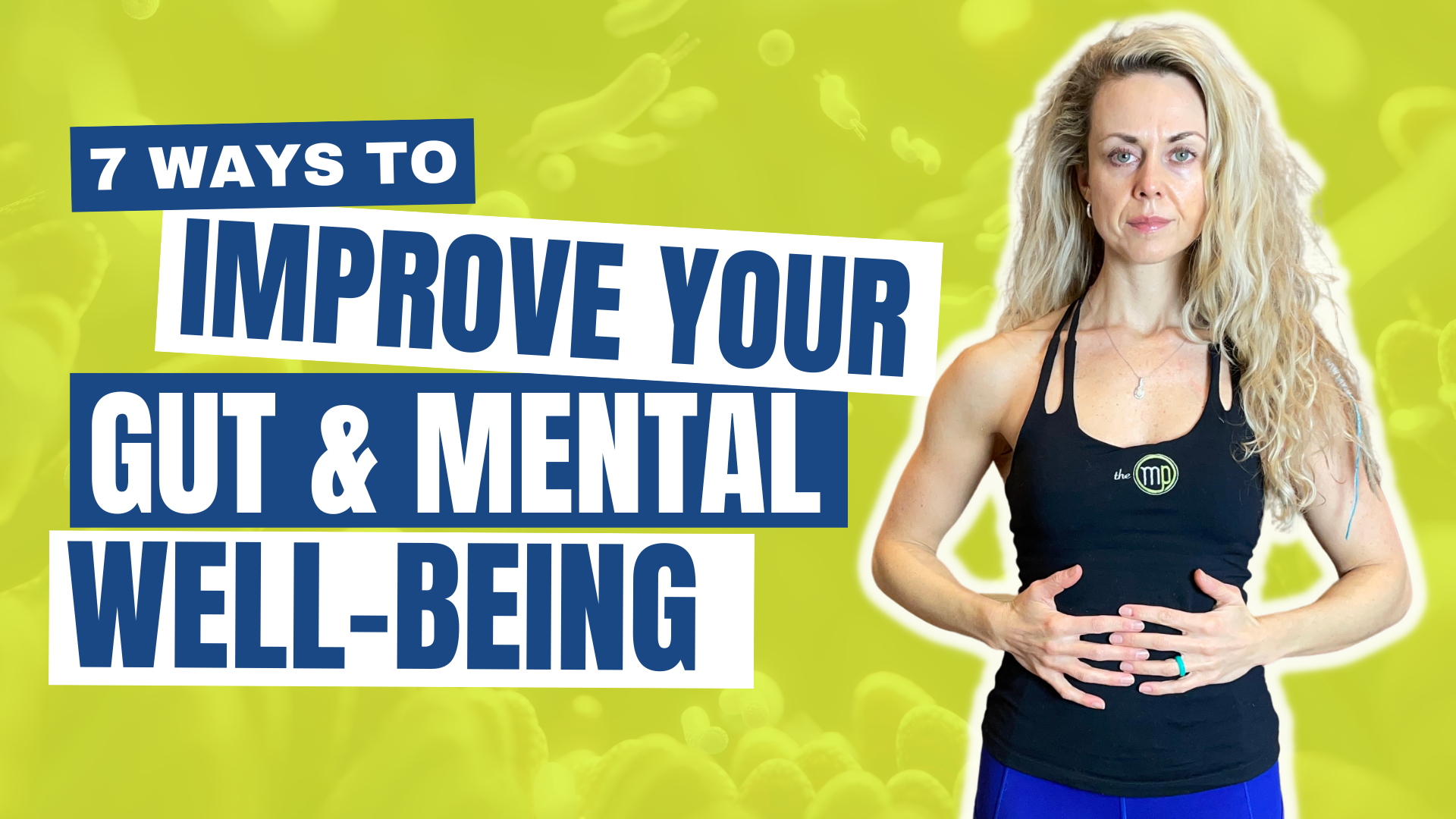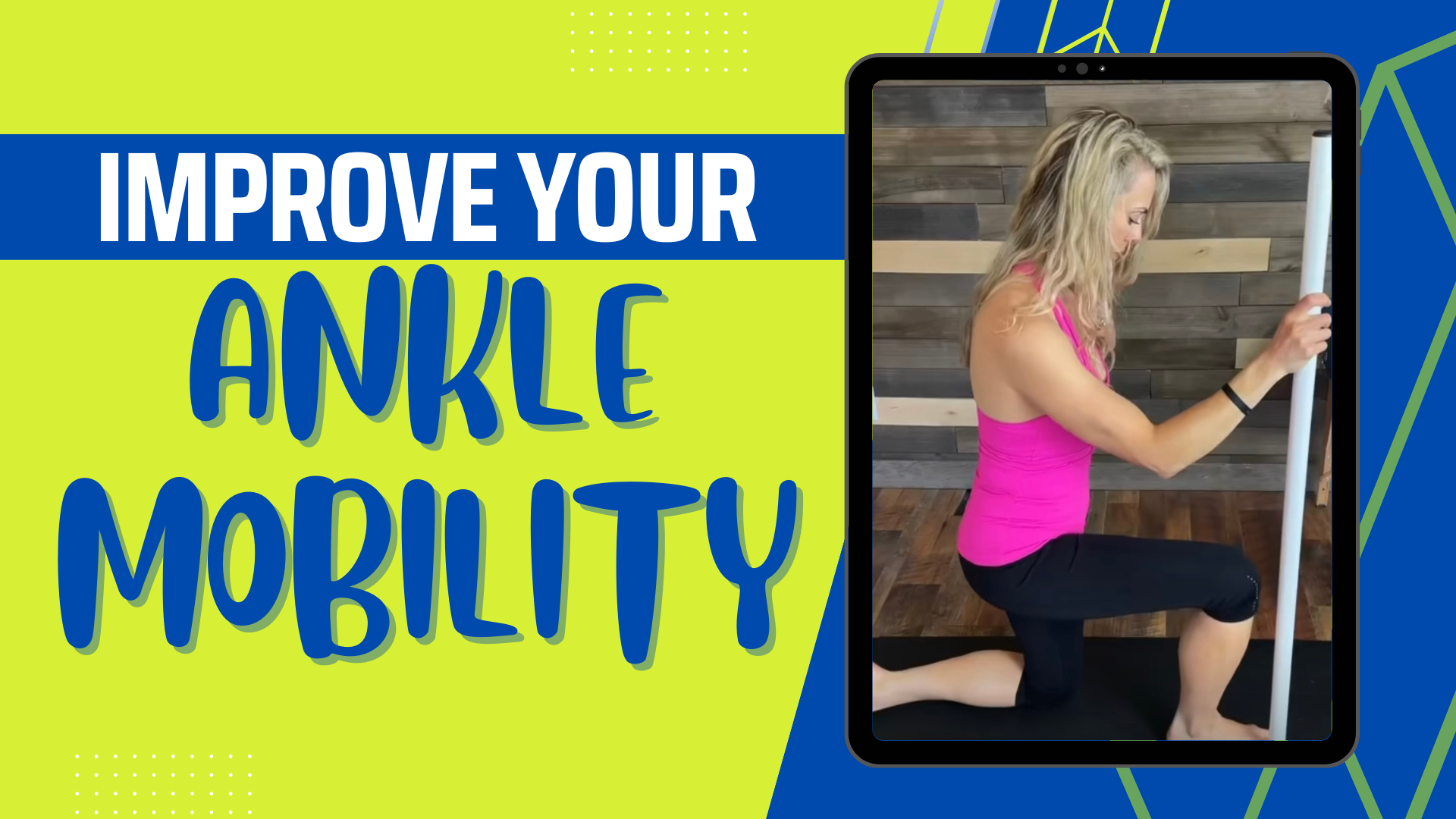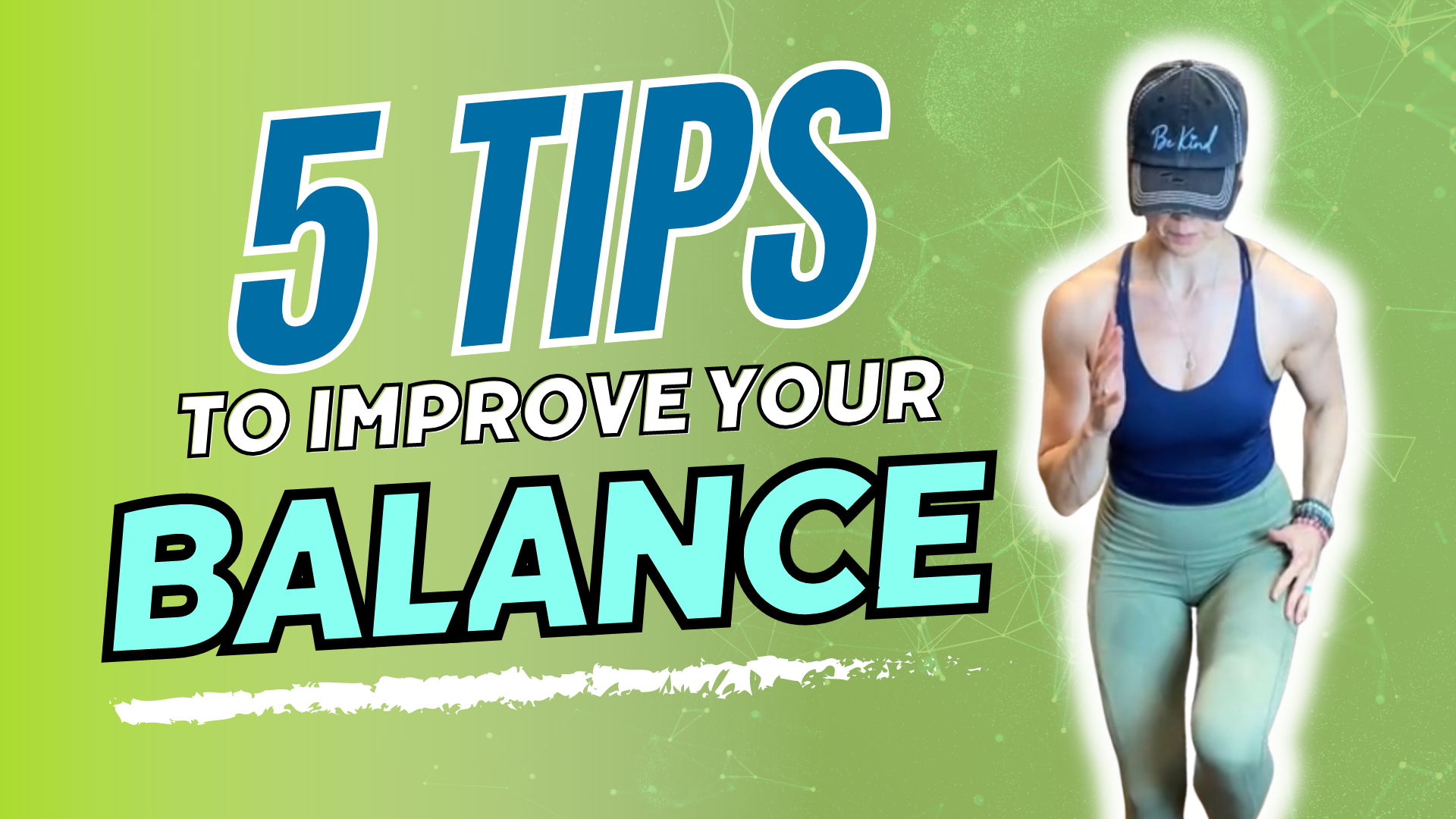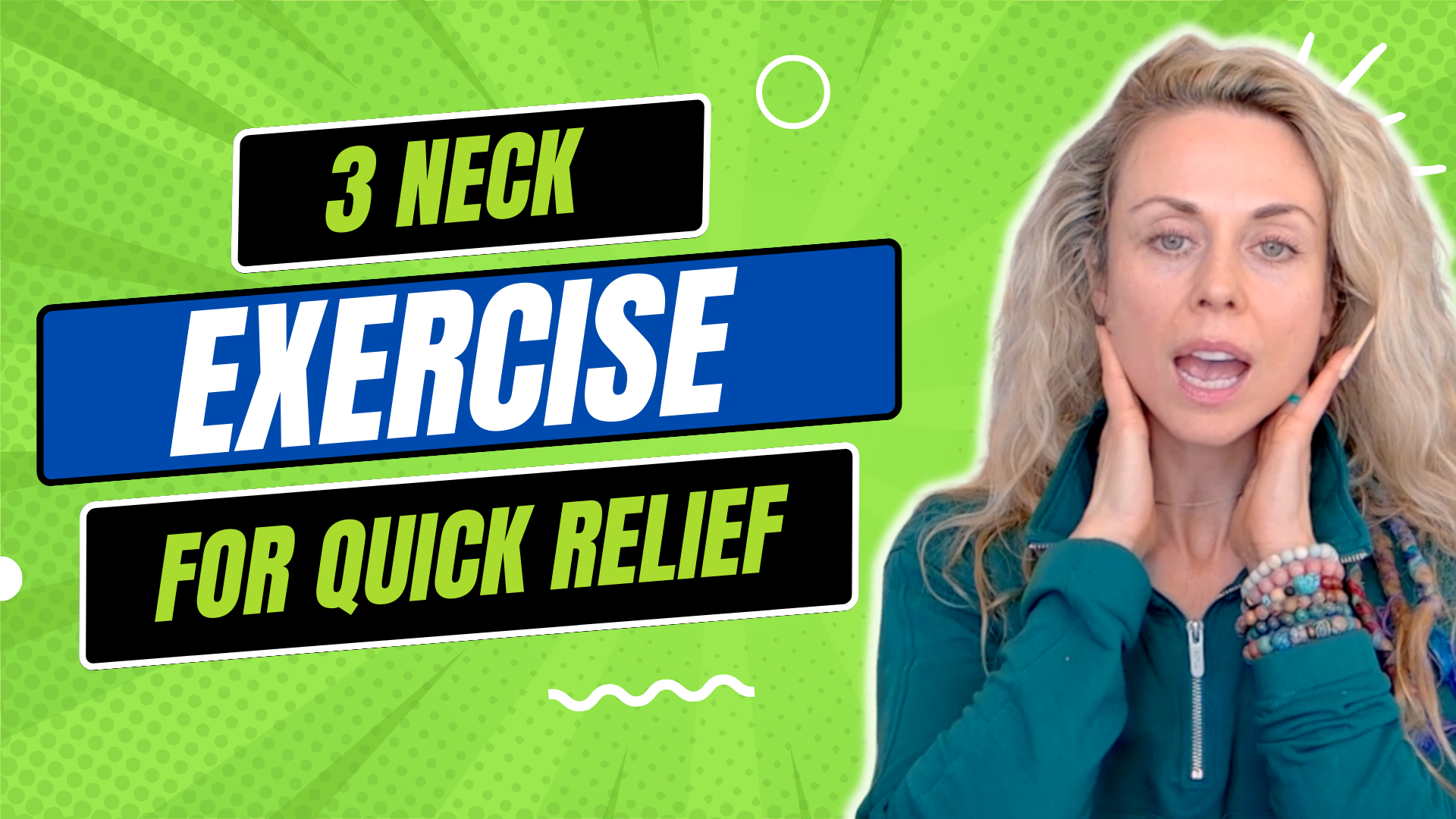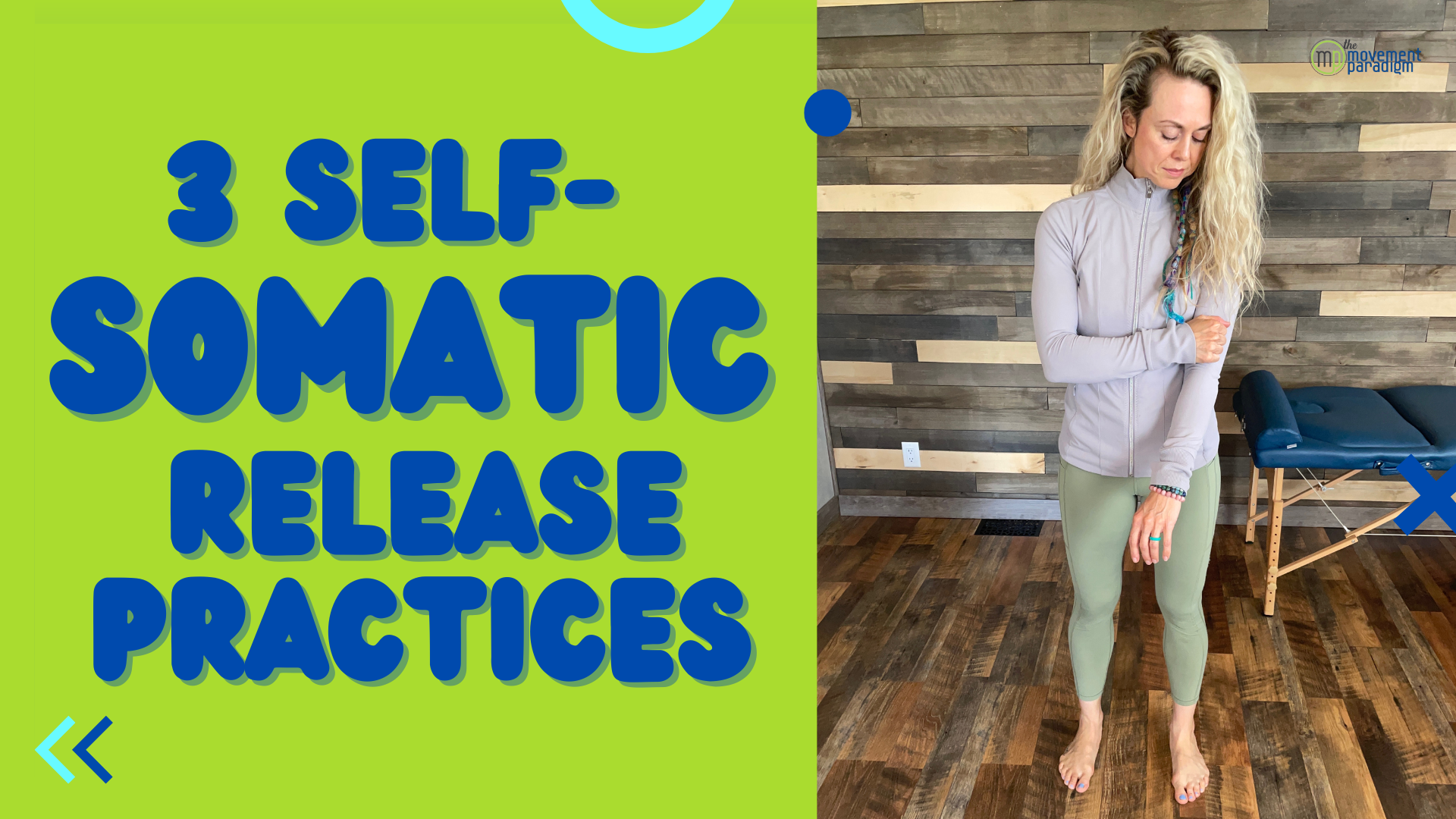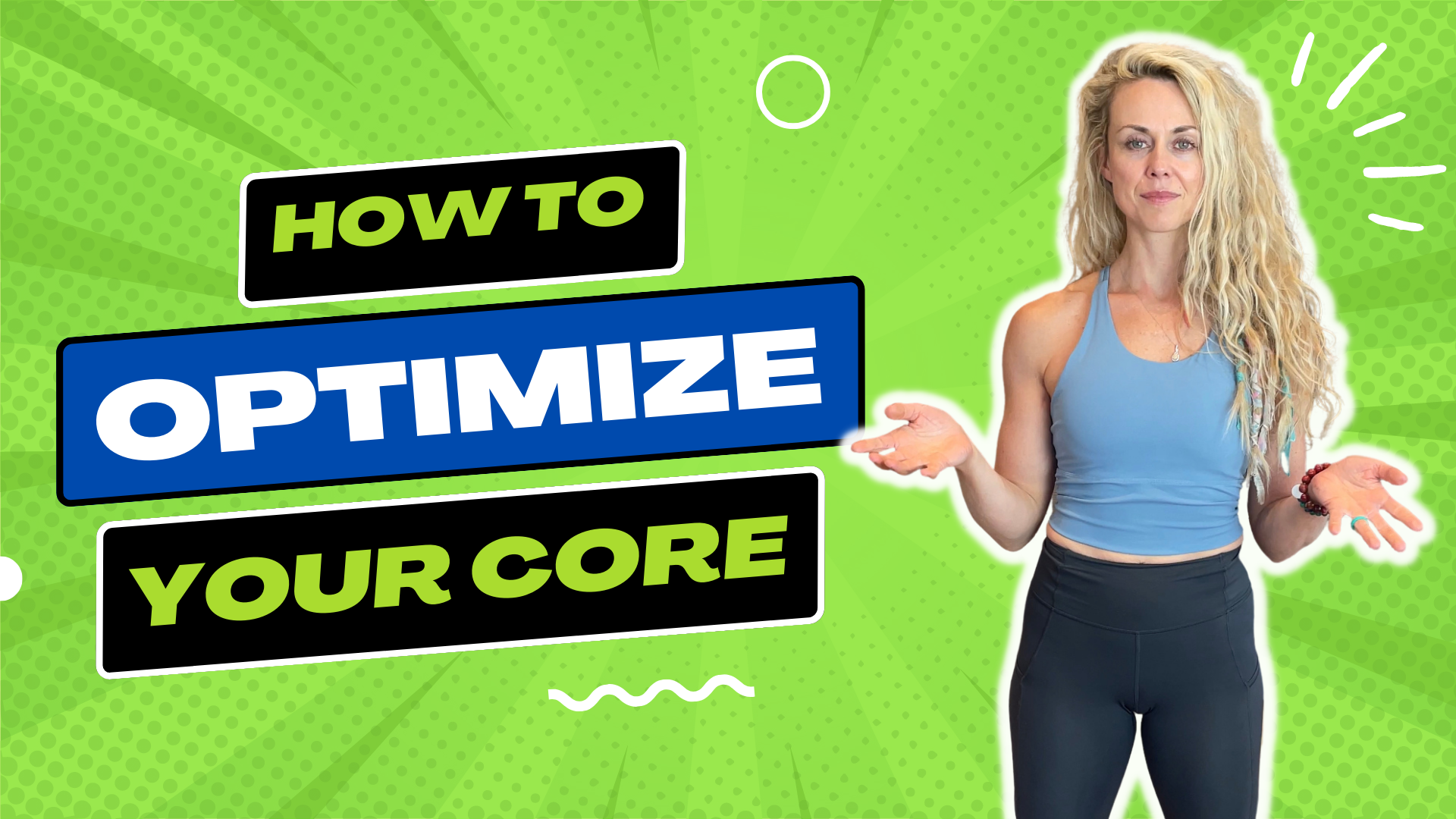Are you experiencing hip pain, back pain, or even knee pain when walking or engaging in other dynamic activities such as climbing stairs or running? Do you find yourself constantly searching for the perfect shoe or feeling like something just isn’t quite right? Your gait is one of the most powerful assessments of movement efficiency, revealing how you interact with the ground. The way you absorb impact and utilize it as energy is profound.
Today, we’re going to delve into the topic of pelvic mobility and how it influences your gait cycle. We’ll also explore some exercises that can help you improve your walking, dynamic movements, and even running if that’s something you’re interested in.
Rather watch or listen?
What you need to know about pelvic mobility
When walking, we encounter 1.5 times our body weight in force. When running, we encounter up to three to four times our body weight in force. And when we’re jumping, it could be up to eight times our body weight in force. That means that we have to be efficient about how we interact with the ground.
After doing probably thousands of gait assessments at this point, I’ve realized that there are some common themes, and one of them is something that is often ignored: pelvic mobility.
We’re always thinking about what we need to stretch or what we need to strengthen. But we also want to consider how the pelvis moves in our gait cycle. We actually need proper rotation of the pelvis, side bending of the pelvis, and forward and backward motion. Any excessive movement or limitations in these aspects can affect our stride length, how we interact with the ground, and the impact force coming through our body.
So, although there are many things to talk about with gait, we’re going to zero in on pelvic mobility today. For example, Kim et al. showed that in chronic stroke patients, an anterior pelvic tilt, which is when your pelvis is forwardly tipped, affects balance and symmetry. These simple factors can have a significant impact on our overall function.
Ways to improve your pelvic mobility
1. Pelvic mobility from the floor
Place your hands on your hips and forward bend, tipping your pelvis forward and arching your back. Then, bend the pelvis backwards, flattening your back to the floor. Repeat this motion a few times, initially assessing if you feel any discomfort, if the motion is smooth, or if there’s any shaking. Notice if it feels limited in one direction more than the other.
Next, move into side bending. From here, bend your hip toward your shoulder, then return to the center. This can serve as both an assessment and an exercise. When using it as an exercise, focus on your breath. Inhale and exhale as you flatten your back in the forward backward bending, and if you’re doing the side bending, inhale deeply with a diaphragmatic breath and exhale as you go into a side bend. Once again, observe if there’s symmetry between the sides or if one side feels painful or crampy. All of these observations are essential.
2. Table position
Come up into a table position, and you’ll perform the same exercises from here. Focus on initiating the movement from the pelvis, not the upper back. As you go into the forward bend, tilt the pelvis forward, and as you go into the backward bend, tilt the pelvis backward. Coordinate this movement with your breath. Inhale as you tilt the pelvis forward, allowing the abdomen to expand. Exhale as you tilt the pelvis backward.
When moving into the side bend, think of it as “wagging the tail.” Breathe in, and then exhale as you perform the side bend. Pay attention to whether there’s symmetry on both sides or if it feels restricted. All of these observations are essential for how you would perform the exercises.
3. Pelvic rotation in table
From table position, straighten one leg and rotate the pelvis toward the stable leg on the ground. Take a breath in, and then exhale as you drop your pelvis into this hip, and then bringing it back up to neutral. Inhale, and return to neutral. This exercise is really helpful for working on rotating the pelvis into a stable leg.
4. Airplane exercise
This exercise focuses on maintaining a stable hip while moving the pelvis toward the stable leg. Stand on your right leg and position your left leg as a kickstand. You can start with a breath in as you rotate your pelvis into your right leg and exhale as you bring it back to neutral. You can also progress this to single leg (no kickstand). Inhale and exhale as you return to a neutral position. This is a challenging exercise, and I recommend mastering the others first before advancing to this one.
All of these exercises can be powerful in improving your gait and how you interact with the ground. I recommend performing them in order, ensuring you can do the first-level exercises before moving on to the standing ones. Of course, you can integrate these into a comprehensive program that includes strength, stability, and mobility exercises. This can significantly impact your overall gait.
If you found this information helpful, please like, share, and subscribe to our YouTube channel, The Movement Paradigm®, for weekly tips on mindset, nutrition, and movement. If you want to join our app and join our community, please make sure to check out the Movement Paradigm app on Google or Apple. Get a 7-day FREE trial!
If you’d like to learn more about how we can assist you on your journey, please don’t hesitate to reach out for a discovery session. We look forward to helping you on your path to wellness.
Other things that might interest you:

